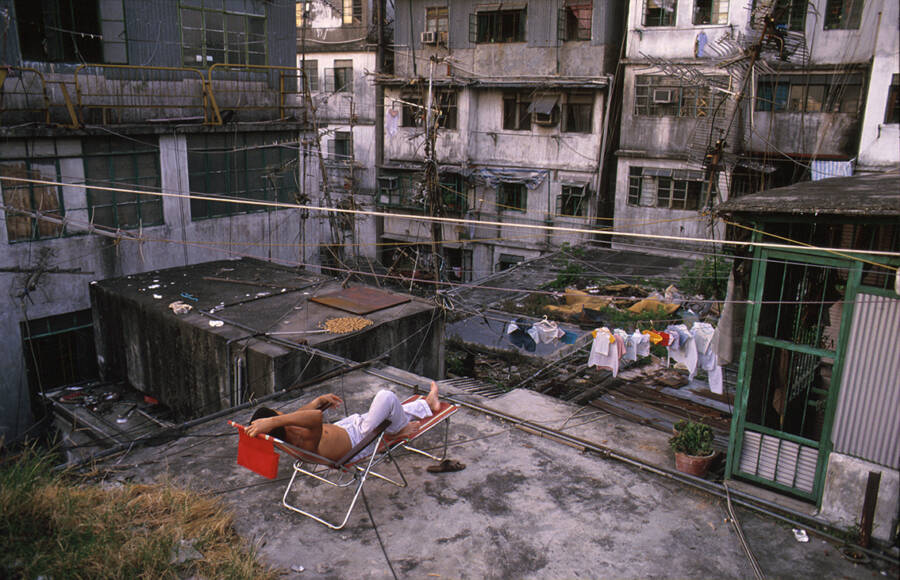
Imagine a sprawling city nestled within a small fortress, densely packed with buildings that towered over narrow streets. This incredible place was known as Kowloon Walled City.
Imagine a city within a city, a densely packed labyrinth of buildings that towered over narrow streets. This incredible place was Kowloon Walled City, a former enclave within Hong Kong that once held the distinction of being the most densely populated place on Earth.
A Historical Enclave
Kowloon Walled City’s origins date back to the 19th century when it was a military fortress for the Qing Dynasty. After the British leased Hong Kong in 1898, the city became a British-ruled enclave within the colony.
During the Japanese occupation of Hong Kong in World War II, the city was left ungoverned. This vacuum allowed squatters to move in and gradually expand the city’s footprint. By the 1970s, the city had become a densely packed slum with an estimated 33,000 residents living in an area of just 2.6 hectares (6.4 acres).
A City of Extremes
Kowloon Walled City was a place of extremes. Its narrow streets were overflowing with people, and the air was thick with the smell of garbage and smoke. Buildings were haphazardly constructed, with many lacking basic facilities like running water and electricity.
Despite its cramped and unsanitary conditions, the city also had a vibrant and bustling community. It had its own schools, shops, and even small factories. Residents developed a strong sense of community amidst the chaos.
A Lawless Haven
Kowloon Walled City’s unique status as a British enclave within Hong Kong made it a legal gray area. The British authorities largely ignored the city, and as a result, it became a haven for organized crime and vice.
Triads, the infamous Chinese gangs, controlled much of the city’s activities, including gambling, prostitution, and drug trafficking. The city also became known for its illicit medical clinics and unlicensed dentists, who offered questionable services at low prices.
The End of an Era
In 1994, China regained sovereignty over Hong Kong. One of its first major actions was to demolish Kowloon Walled City. The city’s residents were given compensation and relocated to other parts of Hong Kong.
Today, the site of Kowloon Walled City is marked by a public park. The park features a small museum that showcases the history of the city and its extraordinary density.
Legacy of a Lost City
Kowloon Walled City may be gone, but its legacy continues to fascinate and inspire. It is a testament to the ingenuity and resilience of the human spirit, even in the most challenging of circumstances.
The city has been the subject of numerous documentaries, films, and books. It has also been featured in video games and popular culture, including the popular 1994 video game SimCity 2000.
Conclusion
Kowloon Walled City is a unique and unforgettable place in history. Its extreme density, lawlessness, and vibrant community make it a fascinating subject of study. The city’s legacy continues to inspire and remind us of the extraordinary capacities of humanity.
- Kowloon Walled City was the most densely populated place on Earth, with an estimated 33,000 residents living in an area of just 2.6 hectares.
- The city was a haven for organized crime and vice, but it also had a vibrant community with its own schools, shops, and even small factories.
- Kowloon Walled City was demolished in 1994 as part of the British handover of Hong Kong to China.
- The city’s legacy continues to fascinate and inspire, showcasing the ingenuity and resilience of the human spirit.
